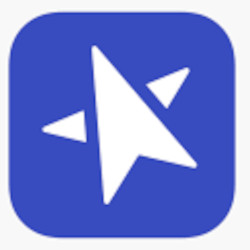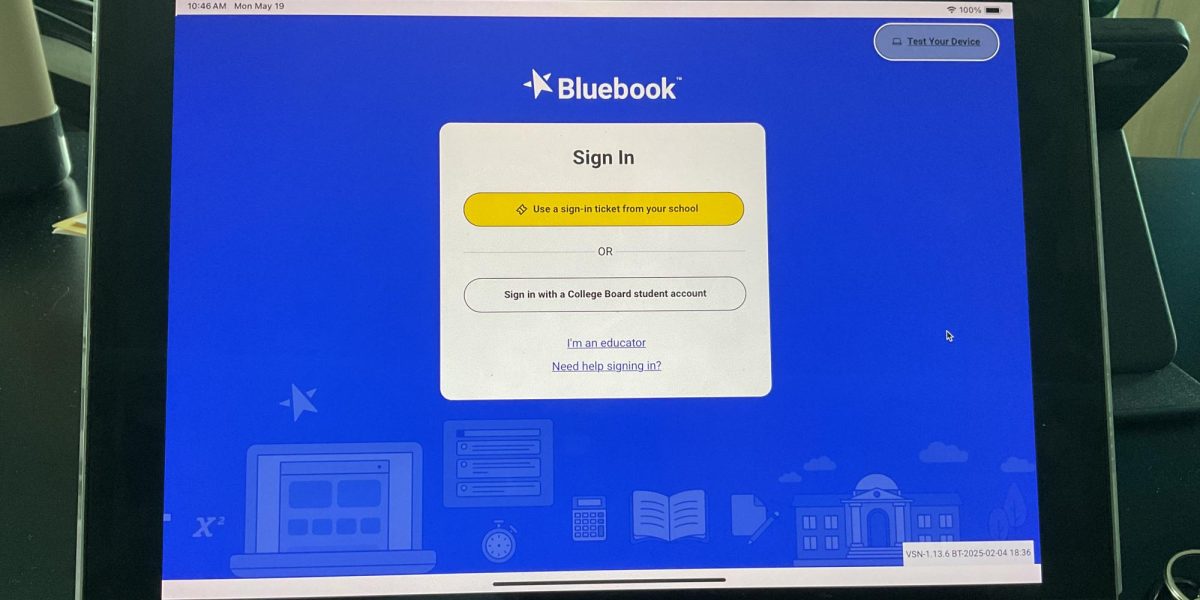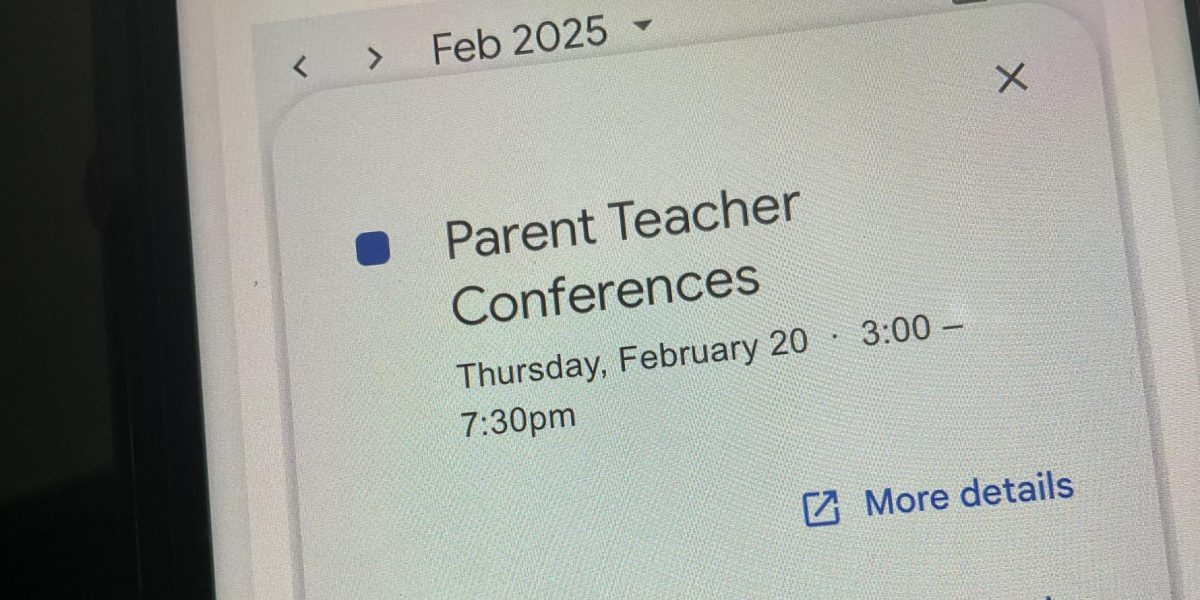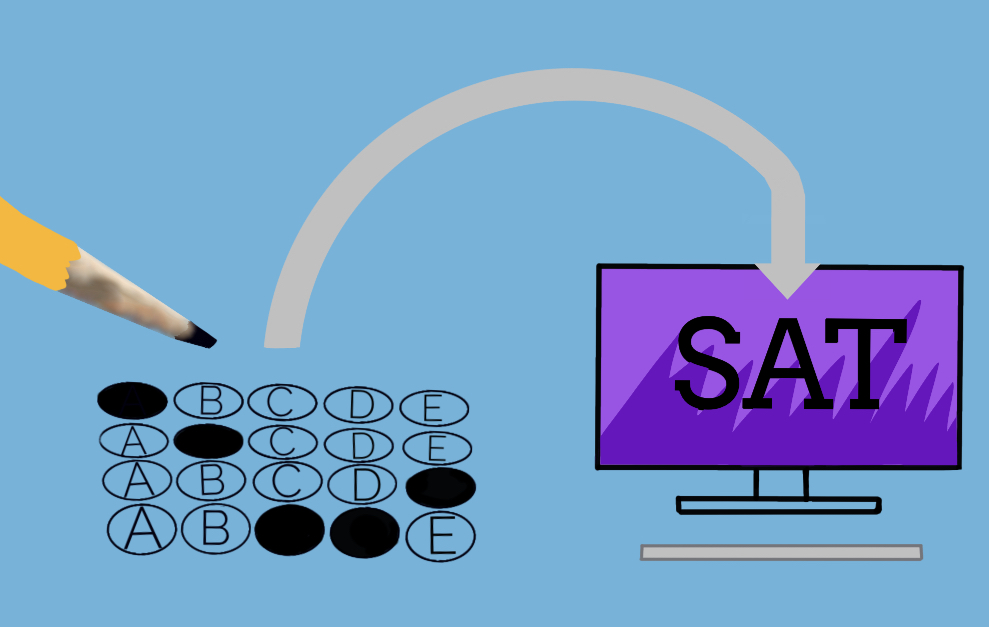After years of controversy, CollegeBoard is rolling out a change to the SAT suite of assessments to make it more equitable: they created this digital version of the test in response to the COVID-19 pandemic. Starting this year, freshmen, sophomores, and juniors will be taking their PSAT and SAT tests on their iPads rather than the traditional pencil and paper. But moving from paper to pixels isn’t the only change: digitizing the SAT has turned it into a whole new test.
Out with the Old (Test)
In recent years, the SAT has seen its fair share of difficulties and controversy. The exam is sometimes criticized for being irrelevant or for favoring wealthy white students over students from low-income backgrounds and students of color.
When the pandemic struck, testing facilities shuttered, adding to the problems and worries. Many students attempted to take the SAT but were unfortunately unable to due to widespread covid-related disruptions, with more than one million test registrations cancelled as schools and test centers had to close or reduce capacity.

In with the New (Test)
The new SAT has been designed by CollegeBoard, the company that creates and manages these exams, to address these criticisms head on. After debuting their digital tests internationally last year, all PSATs from October forward and all SATs from March forward will be administered through CollegeBoard’s Bluebook app. When polled, nearly 80% of these international students in the test pilot said the online SAT was less stressful and preferred it over the traditional method. Additionally, the College Board reported that all of the educators who were part of the pilot had a positive experience.
Starting with the National Merit Scholarship Qualification Test (NMSQT, or PSAT 11), Frederick students will take the SAT and PSAT tests on their school-provided iPads using Bluebook. The app, which also installs on Windows and Mac PCs and tablets, will shut students out of all other apps until the test is finished. The app will time the test for each student and has integrated tools like answer elimination buttons, annotation highlighters, and a one-click calculator to help students determine their answers.
“Students I think will be a lot more successful as long as their attitude is good about testing and as long as they wanna give good effort I think we should see our test scores go up.” Dr. Santos mentioned when talking about the new and improved exam.
One further advantage of digital testing is that it easily provides students with accommodations when needed. English Language Learners who are preapproved by CollegeBoard will now receive translated test directions, access to a bilingual word-to-word dictionary, and time-and-a-half extended testing time. Students with physical or cognitive impairments who are preapproved by CollegeBoard may receive extended time, extra breaks, text-to-speech (where the test reads aloud to them), recorded answers instead of written answers, and small group settings.
Dr. Santos said, “I am exited that college board has finally entered the 21st century and is putting their tests online. I know for some students paper and pencil is a little built easier but we’ve noticed that with the digital stuff our students are probable gonna be more successful because at this point they’re used to using their iPad every day, and taking tests on their iPads. The other thing about going digital is that college board has put in a lot more tools for students to
How the Test is Different

Going digital is more about saving paper and making sure everyone has access to a calculator: it allows every student to receive a unique test. Based on how a student answers the first set of questions (known as Module 1), students will receive another set of questions (module 2) that are easier or more difficult for them based on their previous answers. These question sets will also be different for each student in the room — this will make it impossible to share answers and will help the exam be more secure.
The question sets will also be different: instead of a reading test and a writing test, there is now just one English-Based Reading and Writing test. To increase flexibility on the test, there are no longer long passages that need to be read tied to multiple questions — readings are now one or two paragraphs long and get straight to the point. Words in Context questions are now “fill the best word in the blank” instead of “what does this word mean” questions, and Standard English Conventions questions no longer have the confusing “No Change” option. The EBRW test also includes questions based on poetry and research notes for the first time.
Math has been changed similarly to the reading tests: there is no longer a calculator section and no calculator section but instead one test with two modules. The types of questions have stayed the same on the math test, including the digit-entry questions, but the word problems have become more straightforward in what they ask with no attempt to trick students.
Dr. Santos also mentioned, “On the blue book app they have practice questions on there, a test preview on there and they also have a full length practice test for you if you want to prepare.”
These changes have allowed the SAT to reduce the number of questions on the exam: 54 questions for the EBRW exam and 44 questions for the math exam. This will reduce the time the SAT takes from three hours to 2 hours, 24 minutes (including the ten-minute break between tests). The PSAT has gone through similar question and time reductions to be the same length as the SAT, though the total test ranges for each test remain different: (240-1440 for the PSAT9; 1320-1520 for the PSAT10 and NMSQT; 400-1600 for the SAT).
Not only will the test go more quickly but scores will be delivered more quickly as well: instead of 4-6 weeks for scores to arrive after testing, CollegeBoard claims it will have scores available less than two weeks after testing.
What to Expect on Test Day
Our next testing day is on Wednesday, October 11 — freshman will take a practice version of the PSAT 9, sophomores will take a practice version of the PSAT 10, and juniors will take the not-a-practice NMSQT so they might qualify for the National Merit Scholarship. Seniors will have an asynchronous learning day at home.
You still have to come in for the test — you can’t take it on your device at home and there needs to be an approved proctor in the room. You will be asked to stay quiet during testing, you cannot leave the testing room early, and you’ll still need to silence and secure any cell phones and smartwatches. There’ll be no more test booklets, wooden pencils, or handheld graphing calculators, but Dr. Santos has promised that there’ll still be a snack between tests.
“Although college board says that you can get up and leave whenever you want and take breaks whenever you want as a school we want to keep it uniform. We don’t want kids going in and out all the time and leaving when they’re done. So we are going to have the kids stay in the rooms till everyone’s done and make sure that the timing is kind of the same for everybody.” said Dr. Santos
The biggest change is that you will need to bring your charged iPad to school on testing day. If the internet goes down or you run out of power, your work will be saved and you won’t lose time on the exam… but you may have to stay in the testing room longer until the issue is fixed. This is a big advantage to the new system: on the paper version of the exam, if one test form was compromised (called a misadministration), it could result in canceling scores for everyone in the room. Going digital should reduce such misadministrations.
But Is It Better?
All of these changes have been implemented to address the recent criticisms of the SAT suite of assessments. But will the new test be any better?
Not much has been released on the new exam except for a few informational guides and several practice exams. Based on the material that has been released, the shorter and more direct questions look to be a way of addressing the racial and income inequalities of the old exam. There are no more attempts to “trick” students with the wording of questions and the test now provides extended ELL support. Whether this closes the statistical gaps between different races and incomes, only time will tell.
One thing that will not change is that many colleges will still make the SAT optional. According to the National Center for Fair and Open Testing, more than 1,800 colleges and universities did not require students applying for the Fall 2022 semester to take the SAT or ACT, and at least 1,400 schools will not require the SAT for their Fall 2023 applicants.
Of course, most students only want to know one thing: will the new test be harder or easier than the old one? It seems unlikely that the SAT will be any easier or harder digitally than it was on paper. The goal of the question changes was to make the content, structure, and scoring of the new digital tests more accurate, reliable, and accessible in evaluating what a student knows. The test will still be intellectually difficult, but should no longer be difficult to understand or navigate.
Ultimately, whether the digital SAT is easier or more challenging for you as an individual will depend on a variety of factors, including your comfort with technology and your test-taking strategies and skills. If you want to improve your skills or get a better understanding of what will be on the PSAT and SAT tests, attend the PSAT/SAT Help Sessions every Tuesday after school from 3 PM to 4:30 PM — help on Math topics is in D200 and help on English topics are in E104.























































